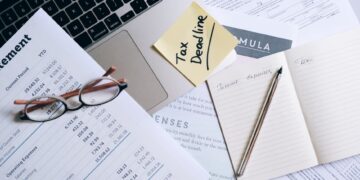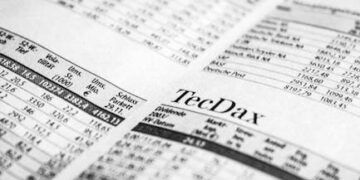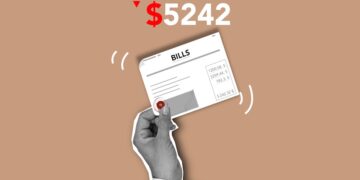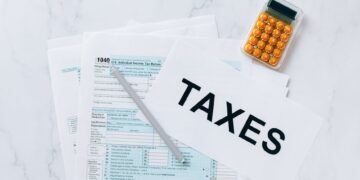Securing Your Future: Mastering Retirement Planning for the Self-Employed
As a self-employed individual, planning for retirement might seem like navigating uncharted waters. Without the cushion of employer-sponsored retirement plans, it’s imperative to take a proactive approach. Retirement planning is pivotal not only for your financial security but also to ensure a sustainable lifestyle as you age. This article aims to guide you through the essentials of retirement planning tailored for the self-employed, addressing common queries and providing actionable strategies.
Understanding the Importance of Early Planning
Starting early in your retirement planning can significantly impact the size of your retirement fund. Compounding interest plays a crucial role in retirement savings, as the money you save and invest grows over time. As someone who is self-employed, you need to be both disciplined and knowledgeable in regularly setting aside funds for the future.
Choosing the Right Retirement Plans
One of the first steps in retirement planning is to select an appropriate retirement plan. Unlike traditional employees, self-employed individuals can choose from several plans that offer tax advantages and flexibility in contributions. Popular choices include:
- Solo 401(k) Plan: This plan allows you to contribute as both an employer and an employee, maximizing your savings potential.
- Simplified Employee Pension (SEP) IRA: This is beneficial for those seeking simplicity and high contribution limits.
- Savings Incentive Match Plan for Employees (SIMPLE) IRA: Ideal for small business owners or those with a few employees, allowing both employer and employee contributions.
Each of these plans has its own set of rules and benefits, and your choice should align with your business’s needs and your personal financial goals. Consulting with a financial advisor who understands the unique challenges of self-employment can provide personalized insights and recommendations.
Calculating How Much You Need
Determining how much money you’ll need for retirement is a critical piece of the puzzle. This estimation depends on various factors including your desired retirement age, anticipated lifestyle, and expected expenses. A common rule of thumb is to aim for a fund that is 25 times your annual expenses by the time you retire. However, given the variable nature of self-employment income, it may be prudent to aim for a more conservative estimate.
Investing Wisely
Your retirement savings need to be invested wisely to ensure growth and sufficient returns over time. Diversification is key to a balanced portfolio. Consider a mix of stocks, bonds, and other investment vehicles like real estate or mutual funds. Risk tolerance will likely change as you approach retirement age, necessitating adjustments to your investment strategy.
Dealing with Income Fluctuations
Income variability is one of the biggest challenges faced by the self-employed when planning for retirement. During flush periods, it may be tempting to maximize contributions, while leaner times might necessitate reducing them. Adopting a flexible but consistent approach to contributions can help manage this unpredictability. Furthermore, creating an emergency fund can provide a financial buffer and prevent dipping into retirement savings during tough times.
Maximizing Tax Advantages
Retirement accounts often provide tax benefits, such as tax-deferred growth of investments or tax-deductible contributions. Understanding and utilizing these advantages can significantly enhance your retirement savings. Make sure to stay updated with IRS guidelines and potential changes in tax laws, which could impact your retirement planning.
Planning for Healthcare
Healthcare is a significant concern for retirees. As you age, medical costs typically increase, and being self-employed means you won’t have employer-provided health benefits. Consider purchasing a comprehensive health insurance plan. Additionally, factor in the costs of long-term care insurance, which can cover services not provided by regular health insurance as you grow older.
Seeking Professional Advice
Financial planning, especially for retirement, can be complex. Engaging with a financial advisor who understands the intricacies of self-employed individuals’ needs can provide invaluable guidance. Professional advice can help tailor a retirement plan to your specific circumstances, ensuring that you are on the right path towards a secure financial future.
Conclusion
Securing a financially stable retirement as a self-employed person requires forethought, diligence, and a willingness to adapt. By understanding the available retirement plans, investing wisely, and planning comprehensively for potential challenges, you can build a robust financial foundation for your retirement years. Remember, the earlier you start planning, the better prepared you will be to enjoy your golden years without financial worries.
Start today by evaluating your current financial status and setting clear, achievable goals for your retirement. Your future self will thank you for taking these steps now to ensure a comfortable and secure retirement.
FAQs
- How much should I save each year for retirement? Aim to save at least 15% of your annual income, adjusting as feasible based on your financial situation and retirement goals.
- Can I still get Social Security benefits if I’m self-employed? Yes, self-employed individuals who pay Social Security taxes can receive benefits upon retirement.
- What if I’m starting late on retirement planning? It’s never too late to start. Begin saving immediately and consider options to maximize your contributions, such as catch-up contributions if you’re over 50.

























































